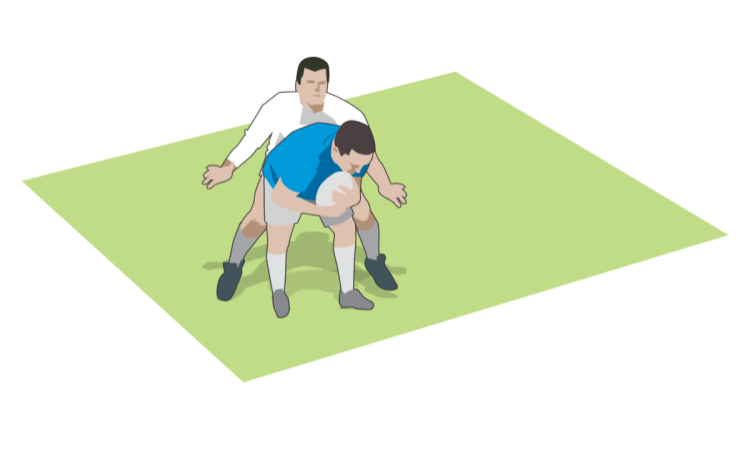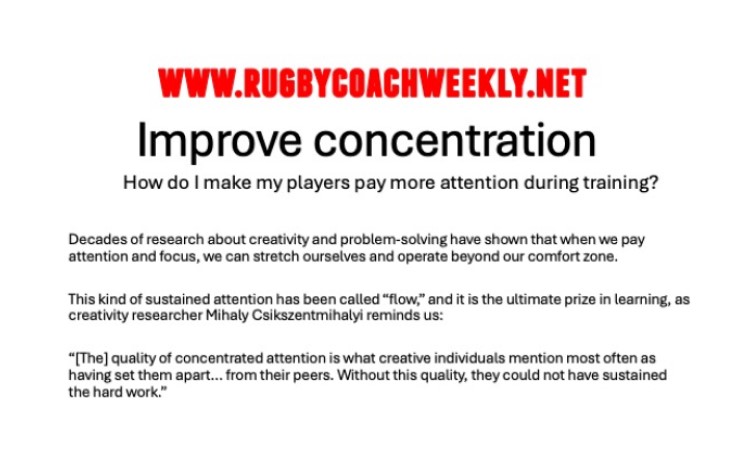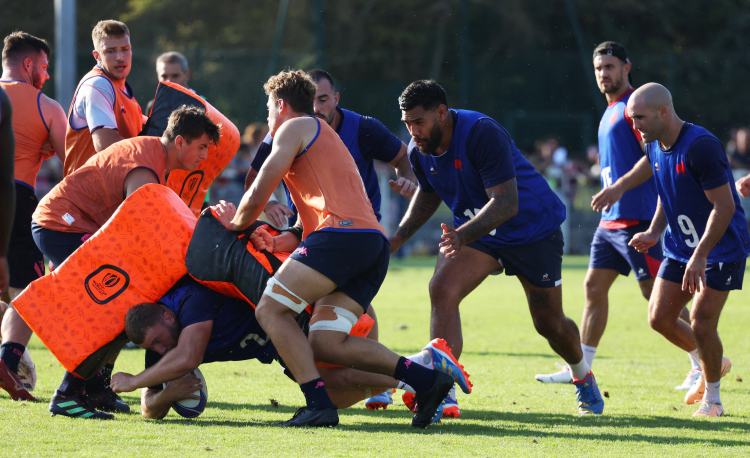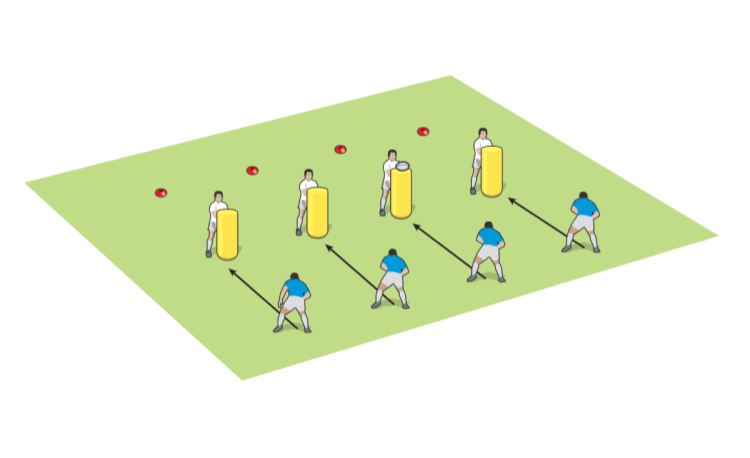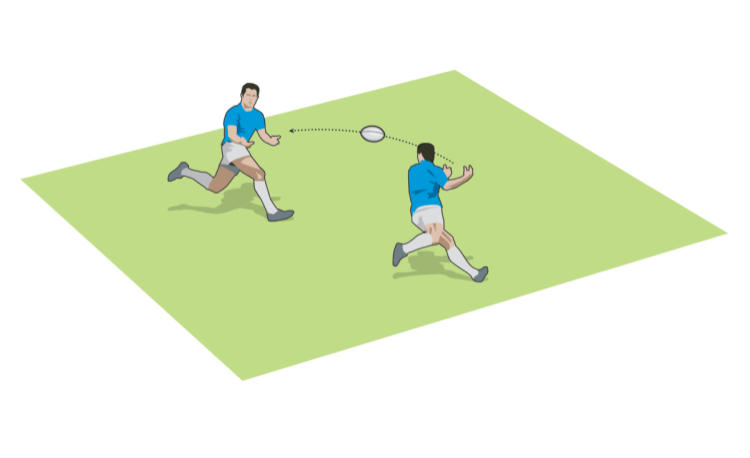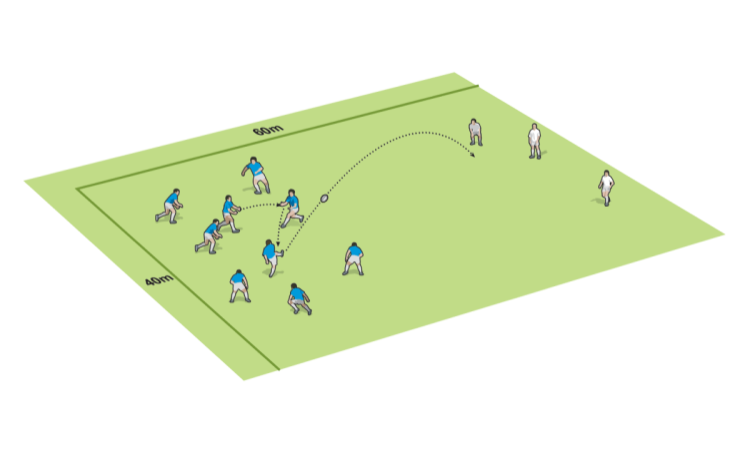You are viewing
1 of your 2 free articles
Protect when outnumbered
Retain possession in a two-man tackle, so your supporting players can help protect the ball. It should reduce the chances of the opposition using a choke tackle to hold up the ball carrier and create a maul.
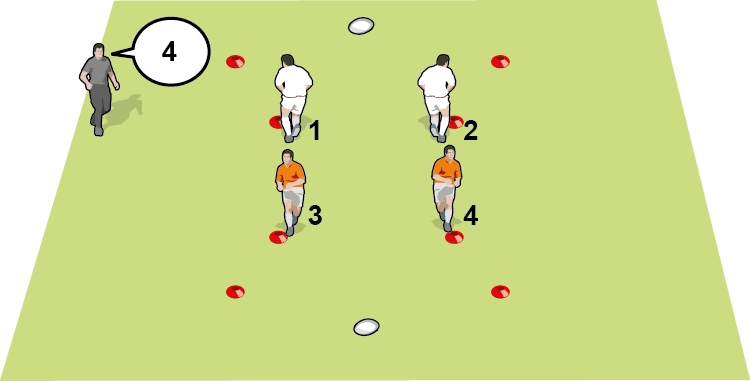
- Put four numbered players at the corners of the 5m square. 1 and 2 play against 3 and 4.
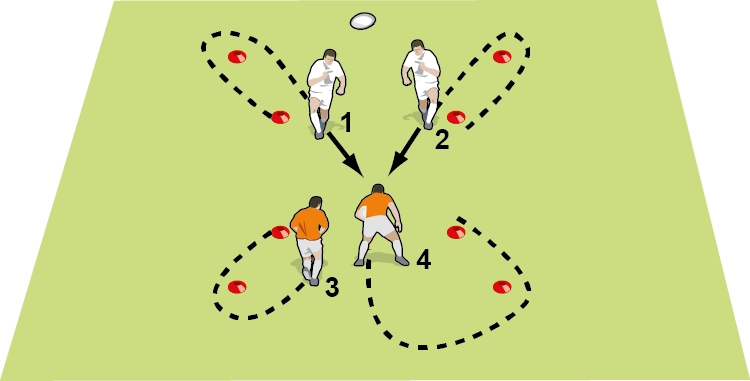
- Call out a number. That player goes around the corner of the larger box and then picks up the ball to attack.
- The other three players go around their own corners and then re-enter to play. The pair with the ball aims to score over the far line of the smaller box.
DEVELOPMENT
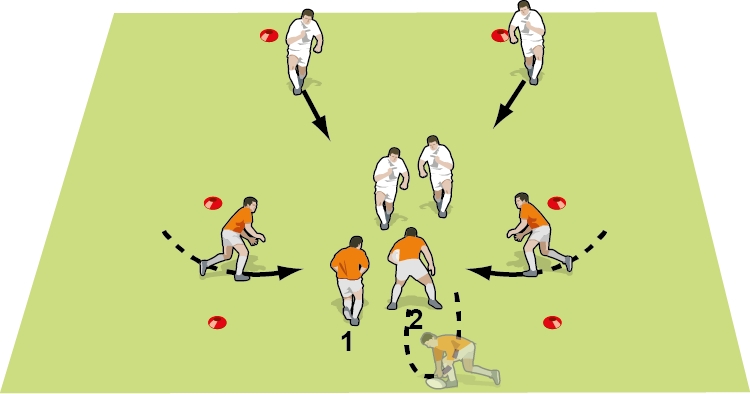
- Set out cones with four attackers (dark shirts) and four defenders (white shirts) as above.
- Give the two attackers at the far line a number 1 or 2. Shout out a number and that player has to turn around, retrieve the ball and attack.
- The other players move in, playing full-contact rugby. The attack aims to score at the far end.
- They have another attempt if they score or make it past the middle set of cones. Otherwise, the teams swap roles.
TECHNIQUE
- Don’t go into contact ball first.
- Don’t give up ground in the contact.
- Supporting player: Drive on the hip of the ball carrier and keep talking.
Related Files
Newsletter Sign Up
Coaches Testimonials

Gerald Kearney, Downtown Las Vegas Soccer Club

Paul Butler, Florida, USA

Rick Shields, Springboro, USA

Tony Green, Pierrefonds Titans, Quebec, Canada
Subscribe Today
Be a more effective, more successful rugby coach
In a recent survey 89% of subscribers said Rugby Coach Weekly makes them more confident, 91% said Rugby Coach Weekly makes them a more effective coach and 93% said Rugby Coach Weekly makes them more inspired.
Get Weekly Inspiration
All the latest techniques and approaches
Rugby Coach Weekly offers proven and easy to use rugby drills, coaching sessions, practice plans, small-sided games, warm-ups, training tips and advice.
We've been at the cutting edge of rugby coaching since we launched in 2005, creating resources for the grassroots youth coach, following best practice from around the world and insights from the professional game.





